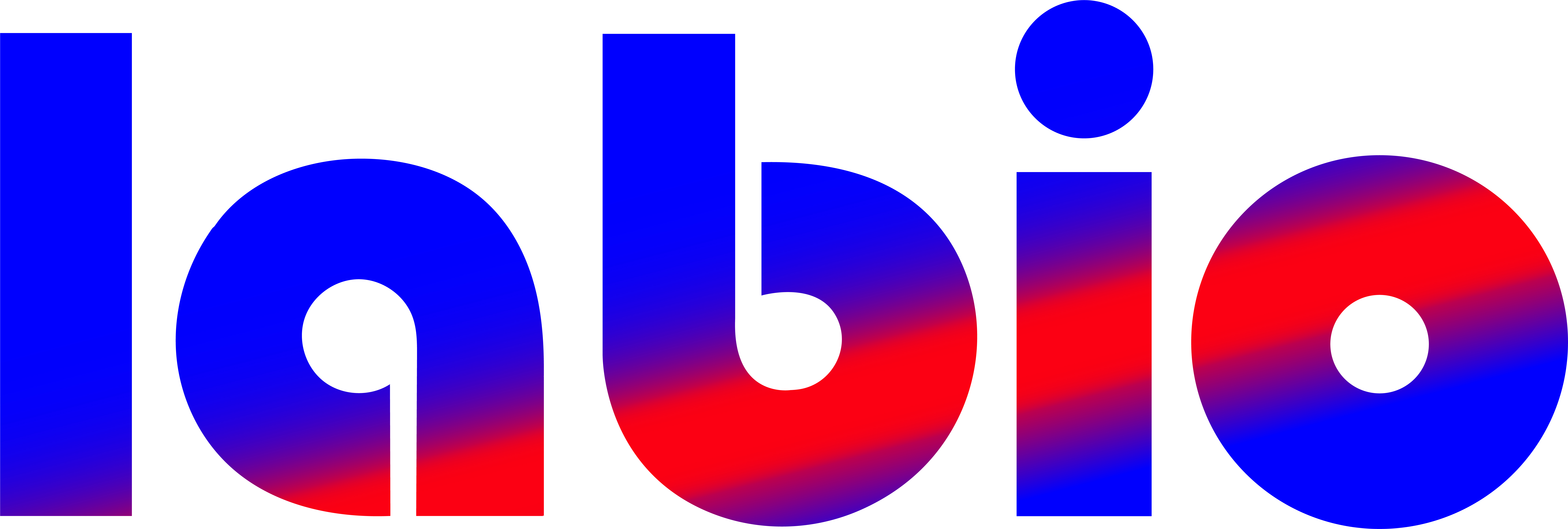Our Brands
Labio proudly presents its globally patented comprehensive full-scan analytical technique, a culmination of over three decades of expertise and research. Leveraging Gas Chromatography – UV Spectrophotometry (GC-UV). GC-UV is a full scan analytical method, where the compounds eluting from a gas chromatographic column are continuously monitored. The method therefore belongs to the same categories as gas chromatography mass spectroscopy (GC-MS) and gas chromatography Fourier transform IR (GC- FTIR).
By taking the average of absorbance at certain wavelength intervals a chromatogram is obtained. If this interval is broad it represents a non specific detection and if it is narrow it can represent a specific detection for a certain group of compounds. This is similar to the total ion current (TIC) and the single ion monitoring (SIM) in GC-MS or the Gram Smidt (non specific chromatogram) and certain wavelength ranges, characteristic for functional groups in GC-FTIR.
GC-UV is based on the UV light absorption in the gas/vapour phase. The wavelength range is extended down into the far-/vacuum-UV. This gives a number of advantages. By carrying out the recording in the vapour phase no spectral shifts, like in the liquid phase, are present and, there are no cut off wavelength limit due to any liquid solvent. At the short UV-wavelength range the majority of the qualitative information can be gained. Moreover, this range also most often shows the highest absorptivities (i. e. highest sensitivities) and many classes of chemical compounds, not considered as UV-absorbing, can be determined with high sensitivity.
The GC-UV is a general method of analysis and can be applied within numerous application areas. The results obtained are both qualitative and quantitative. The qualitative results give both identification of individual compounds, including isomers and chemical classification of compounds present in the sample. Classification gives comprehensive information about the chemical class as for example an aliphatic ketone or a substituted benzothiazol and so on.
Quantitative determination is based on the knowledge of the light absorbing power of the compound and is often carried out using standards with known concentrations. This is the principle (Lambert Beers law) of spectrophotometry and is considered to be one of the most reliable quantification principle. Other products may also be included the product portfolio series of GC-UV INSCAN.
Labio’s array of scientific instruments, spanning from advanced gas chromatography systems and analytical instruments to cutting-edge gas analyzers, proudly bear the distinguished banner of the INSCAN series. The inaugural achievement within this lineage, the GC-UV detector from the esteemed β-series, was christened INSCAN 175. This name, a testament to over two decades of relentless research and development, persists as a steadfast emblem of Labio’s core identity – a tribute to the unwavering commitment that continues to drive our pursuit of excellence.

Labio ChemExplorer offers a cutting-edge chemical management platform and software solution, empowering both individuals and organizations to effortlessly access comprehensive information regarding chemical compounds. Seamlessly retrieve data on spectra and other pertinent details through our confidential, cloud-based interface. Our platform is tailored to facilitate the creation of private databases, ensuring secure data sharing among authorized parties. Experience enhanced efficiency and time savings in chemical measurements with Labio ChemExplorer at your side.

Labio a.s. produced basic laboratory equipment and supplies from its start 1990 to 2015 before the launch of the primary brand Labio Scientific. To honor our legacy, we offer basic laboratory consumables and supplies on our website www.labio.cz for small research laboratories and academia.


